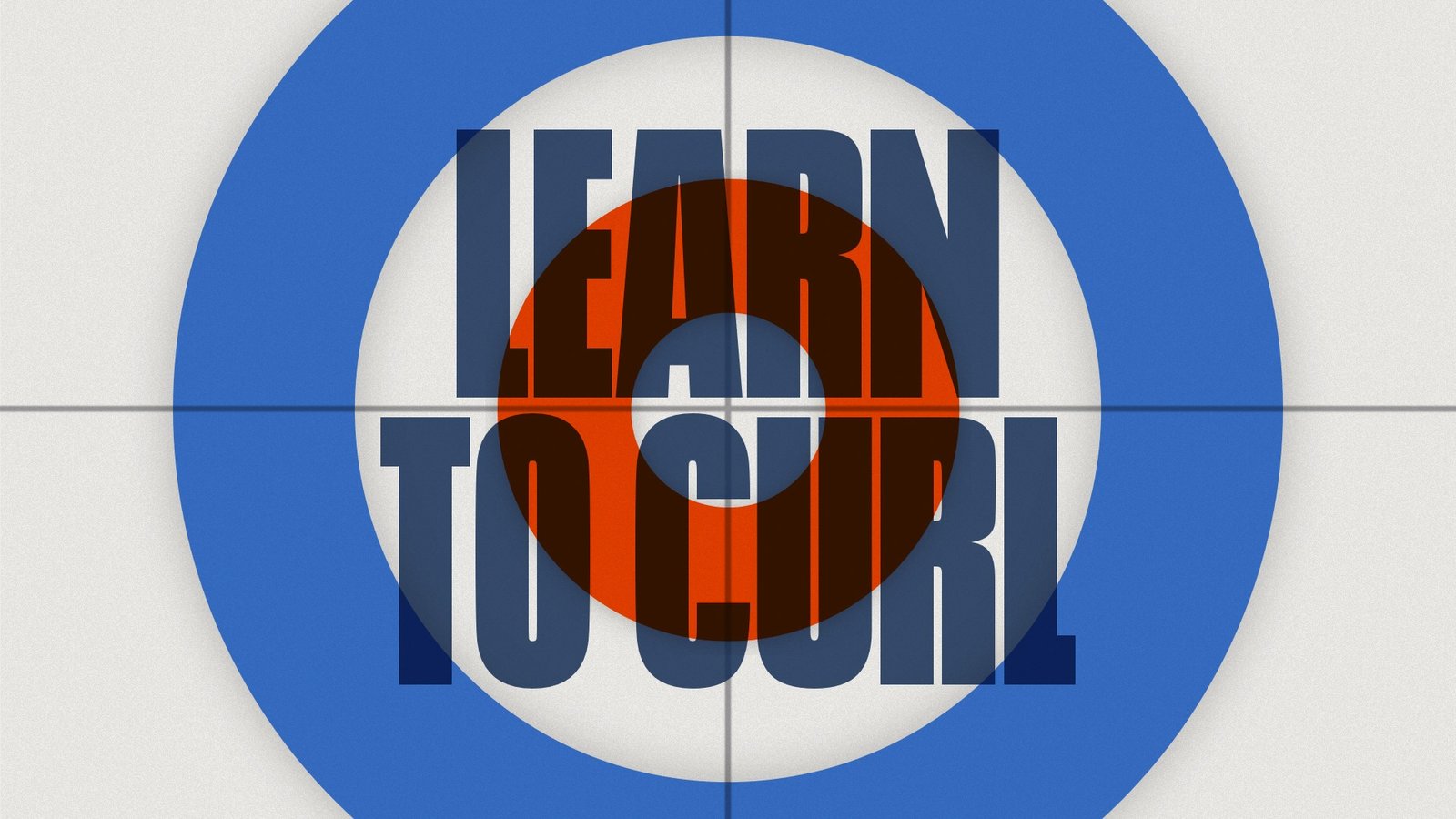Most people who have never curled before will think of the sport as “the one with the sweeping”, but it is important for any serious player (or viewer) to know exactly what sweeping does. The piece of equipment used to sweep is called either a brush or a broom (these are used interchangeably) and is usually about 120cm long and 2.5cm in diameter. Originally, curlers used “corn brooms”, but these have been replaced in the modern game by brooms covered with a synthetic material. The general principle of sweeping is to apply enough force down through the broom so that the brush head melts some of the “pebble” on the ice. This then creates a tiny layer of water that acts like a lubricant and reduces the friction between the curling stone and the ice.

Players sweep the stone for a variety of different reasons. If your team are trying to throw a draw into the house, sweeping may be used to help the stone travel further. However, a common misconception is that sweeping “speeds up” a stone or makes it go faster. This is not possible, as the stone is always decelerating once it has been released by the thrower. Instead, the sweeping allows the stone to maintain its momentum for longer, delaying the inevitable slow down. This is why you see sweepers working frantically to try and keep a stone moving if it has not been thrown with enough power to get to it’s intended target.
In addition, sweeping a stone also helps to keep it straight. By sweeping a stone, it gets to it’s target faster and so has less time to curl during its journey, and will therefore travel straighter. When throwing takeouts, the stone is already moving at such a high speed that sweeping will have minimal effect on the stone’s momentum, but it can have a vital impact on the “line” the stone takes. Sometimes players will need to sweep to ensure the shot hits it’s target, while in other situations it may be best not to sweep to allow the stone to curl.

Factoring all of this information into each shot explains why curling is also known for its shouting (yes! woah! no! hurry! hard!). Between the thrower, the sweepers, and the skip, there is a lot of information that must be communicated in order to make the right decision on whether or not it is best to sweep.
Sweeping is also used to keep the ice clear of frost or debris. A stone may be travelling beautifully down the ice, but if it hits a bad patch it will very quickly go off-course. This is known as a “pick-up” as the stone has picked up something underneath it that it shouldn’t have. This is the reason you might see sweepers gently brush the ice without too much effort, just enough to keep it “clean” but without having much impact on its course.

The thrower is technically allowed to get up and join in with their teammates to sweep their own stone after they have delivered it. However, this is very rarely necessary and is frowned on as being unsporting, unless it is a Mixed Doubles match in which case it is normal practice. Sometimes, if a shot is short of the house the skip may leave the rings to join in or takeover sweeping from one of their tired teammates.
Players are allowed to sweep their own team’s stones at any time, even during an opposition shot. If your opponents bump one of your stones with theirs, you can sweep your own if you want to. However, you can only sweep the opposition’s stones once they have fully crossed the tee line. People who haven’t curled quite often don’t realise how intense and physical curling can be, or how significant the sweeping is…but sweeping is an absolutely essential part of the game!
For more on curling terminology, visit our glossary page!
Hopefully you might like to come and give curling a try.
For a one-off session, visit our Try Curling page to book a two hour session for yourself, or bring friends and family.
Alternatively, you could book a place on one of our Learn To Curl courses which run over a series of 4 weekly two hour sessions.


